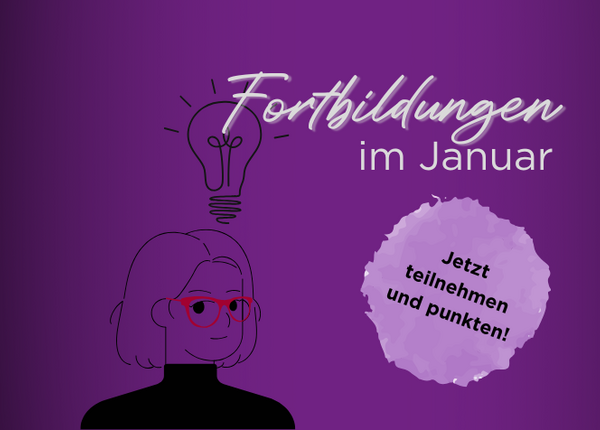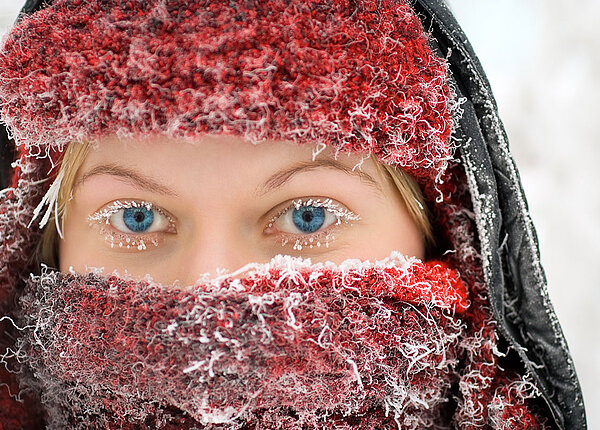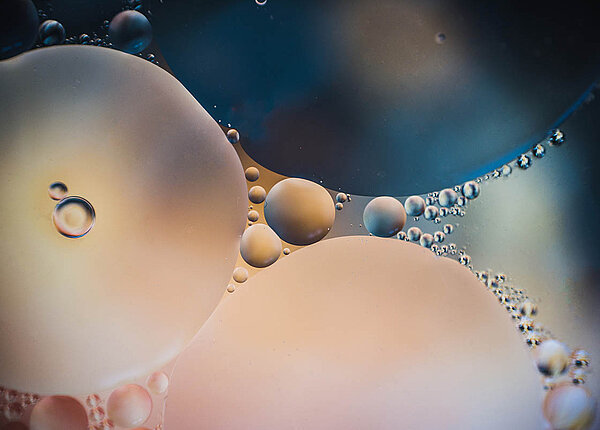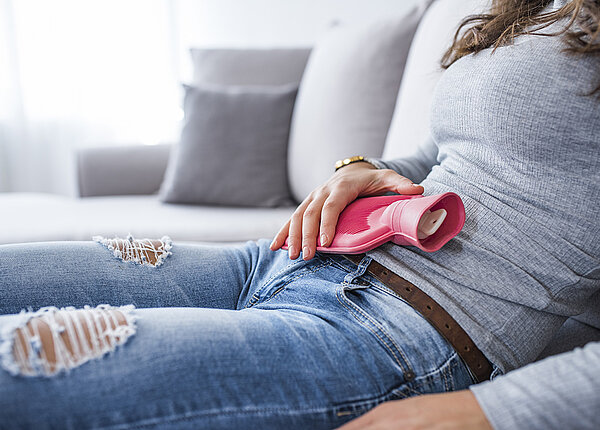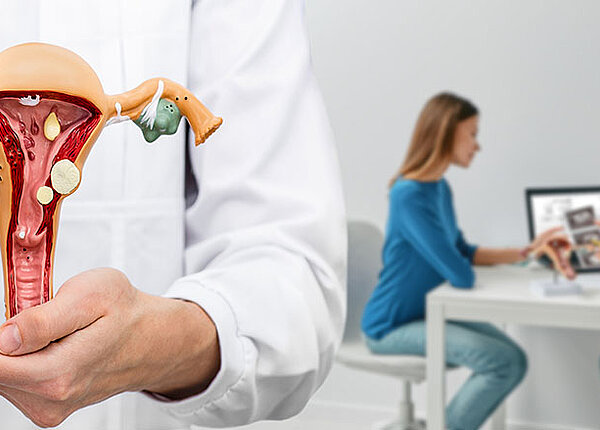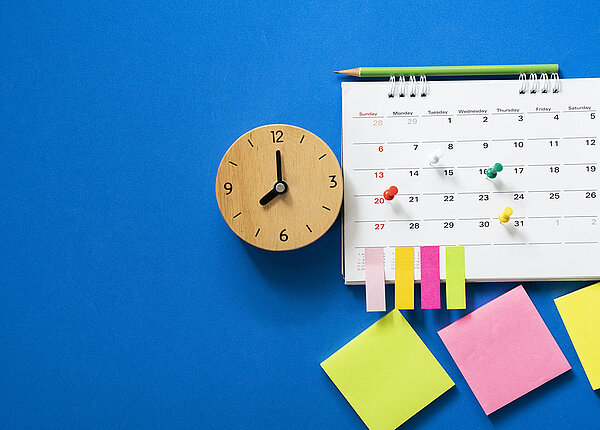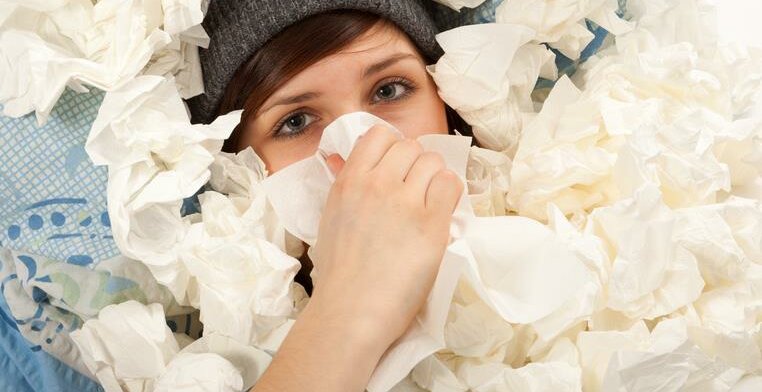English for PTA
THE EARLY SNIFFLES
Seite 1/1 3 Minuten
The main problem at this time of year, is telling the difference between a cold and an allergy. One indicator is the absence of high temperature and aches and pains in the joints. Another good indicator for an allergy is streaming eyes. Although the easiest thing is to avoid early flowering plants by going on holiday, this is not always possible. The newer types of antihistamines are effective and have the added advantage of not causing drowsiness. Nasal irrigation and nasal sprays are good as both help to alleviate the inflammation of the nasal passages.
Pharmacy customer: Hello. I’m afraid that my German is not very good.
PTA: Hallo. No problem, I speak English! How may I help you?
I was out for a walk with my dog yesterday afternoon, and when I got home, my nose was running and my eyes were streaming.
Oh, that sound like hay fever!
Hay fever! Isn’t is a bit early for pollen?
No, not really. Some plants, such as bushes and trees can start releasing pollen as early as the end of January or the beginning of February! Usually it’s hazel and alder. As soon as the weather turns even slightly mild, they start to flower.
I wasn’t really aware of that. I come originally from Canada, and our winters are much longer and much colder!
Certainly! To begin with I think you should start using this combination package of nasal spray and eyes drops. The eye drops should be shaken well before use and should not be used for longer than six weeks after opening.
I’ll make sure to think of that! Thank you.
At the beginning of the allergy season, it is also a good idea to take an antihistamine.
Don’t they make you drowsy?
Not really, but these new tablets are really effective and don’t make you drowsy at all.
Good, I’ll take anything to get rid of this nuisance! Is there anything that you can recommend for my headache?
Unless you headache is really bad, I recommend not taking any pain relievers just yet. What I can recommend is salt and this nasal irrigator.
What does that do?
It’s great for getting rid of the pollen and mucous lodged in the nasal passages. It has an advantage over normal cooking salt as it is in the correct dosage in these sachets and so it is isotonic.
Sounds interesting. How often should I use it?
To begin with mornings and evenings. Pour the contents into the irrigator. Then fill it up to with lukewarm water and shake it until it is dissolved. Then you angle your head forward and slightly to the side, place the nozzle to the open position and let it flow through one nostril. Then at the halfway mark, change sides.
Thank you, you have been very helpful.
Not at all! I know what it’s like when you have hay fever. Goodbye! And thanks again. You are welcome! Goodbye!
Vocabulary
Sniffles Schnupfen
alder Erle
absence Abwesenheit
streaming eyes tränende Augen
early flowering plants Frühblüher
added advantage zusätzliche Vorteil
drowsines Schläfrigkeit
nasal irrigation Nasenspülung
alleviate lindern
inflammation Entzündung
hay fever Heuschnupfen
releasing setzen frei
shaken geschüttelt
nuisance Plage
pain relievers Schmerzmittel
mucous Schleim
lodged gesteckt
lukewarm lauwarm
dissolved gelöst, aufgelöst
nozzle Düse
nostril Nasenloch
Den Artikel finden Sie auch in Die PTA IN DER APOTHEKE 01/15 auf Seite 48.
Catherine Croghan, Lecturer in English and native speaker


